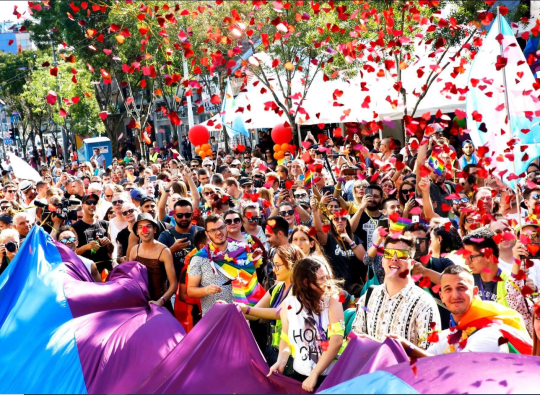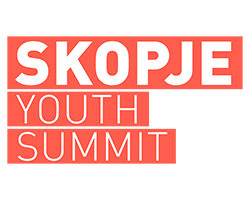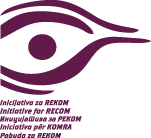On the first day of the workshop, at the lecture delivered by Ivana Žanić, executive director of the Humanitarian Law Centre (HLC), around ten young people from different parts of Serbia had an opportunity to learn the facts from HLC dossier “The Concealment of Bodies Operation”. On the territory of Serbia, four mass graves have been discovered so far, containing a total of 941 bodies: Batajnica (744 bodies), Lake Perućac (84 bodies), Petrovo Selo (61 bodies) and Rudnica (52 bodies). The first three mass graves were discovered in 2001, while the last one, Rudnica, was found in 2013. In the said dossier, HLC also presents data on the burning of the bodies of Kosovo Albanians, mentioning three locations in that context: the Mačkatica aluminium complex near Surdulica, the Feronikl plant in Glogovac and the Copper mining and smelting complex Bor (RTB).
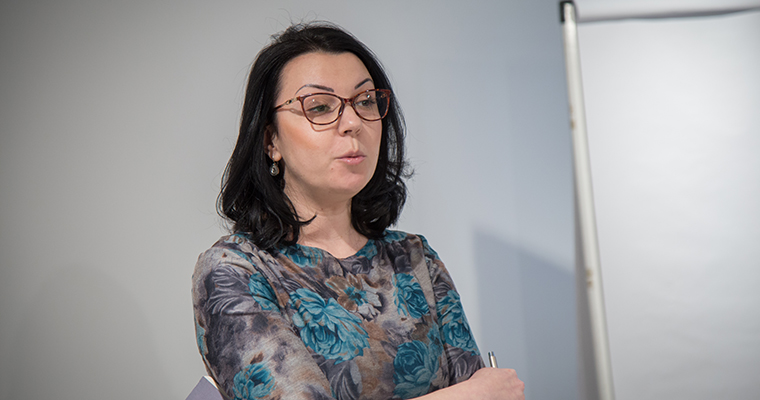
The FHP dossier states that the units under command of Milorad Ulemek Legija participated in the events in Mačkatica in May 1999. Although the then War Crimes Prosecutor Vladimir Vukčević visited the factory in 2005, no indictment has been raised. After Ivana Žanić’s lecture, the participants were asked, with facilitation of Fiona Jelići and Marko Milosavljević from YIHR, to fill in the blank maps by creating the maps of paths of the concealment of victims based on the data from the judgments and documents: from war crimes in Kosovo to secondary mass graves in Serbia (Batajnica, Lake Perućac, Petrovo Selo and Rudnica). After the group work on creating the maps, the participants had the opportunity to read the stories of families of victims whose bodies ended in the mass graves at the shooting range of the Serbian Interior Ministry Special Anti-Terrorist Unit.
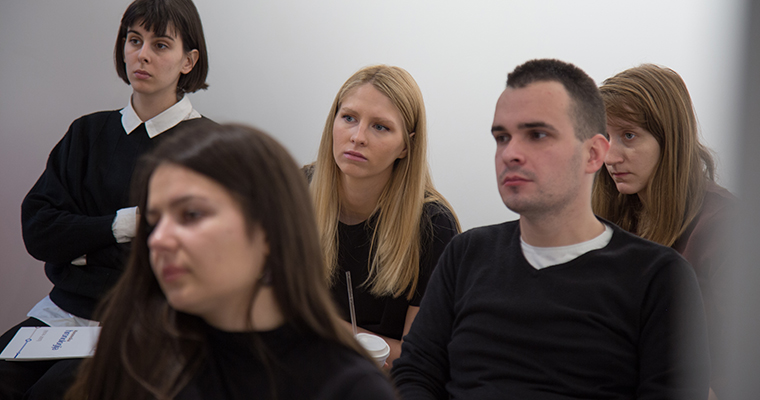
The end of the first day of the workshop was reserved for the training on how to search information and data in the archive of the International Criminal Tribunal for Former Yugoslavia (ICTY) at their website. Jovana Kolarić, HLC researcher, presented to the participants how they can get certain documents from the cases tried before the ICTY. As an exercise, the participants searched for the New Year and Christmas greetings by Milan Martić in 1995 and the recordings of the guilty pleas of the accused.
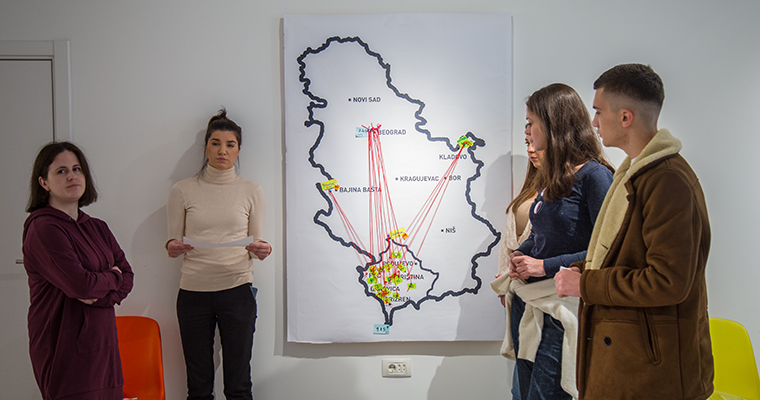
Documents such as Milan Martić’s New Year and Christmas greetings for the new year of 1995 point to the links between and “aspiration” of the participants in a joint criminal enterprise included in the indictment against former heads of the Serbian Intelligence Agency Jovica Stanišić and Franko Simatović. The author of the greetings is the then President of the Republic of Srpska Krajina and other recipients, besides the accused Jovica Stanišić, are Slobodan Milošević, Radovan Karadžić, Momčilo Krajišnik, as well as the then Presidents of FR Yugoslavia and Montenegro, Zoran Lilić and Momir Bulatović.
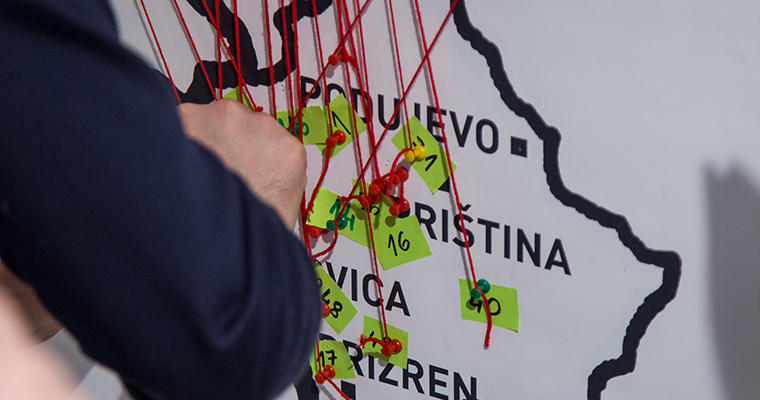
On the second day of the workshop, the participants had the opportunity to come to the entrance of the mentioned Training Centre of the Serbian Interior Ministry’s Special Anti-Terrorist Unit, where 744 bodies of persons killed and then secretly buried at the shooting range were found. Mirko Medenica, associate at the Centre for Applied History, an organisation that often organises public lectures on secret mass grave in Batajnica, delivered a public lecture near the entrance to the Training Centre; he talked about crimes in Kosovo and the culture of memory of the concealment of bodies operation in Belgrade. After the visit to Batajnica, the participants watched the movie “Depth Two” and talked with the author Ognjen Glavonić.

